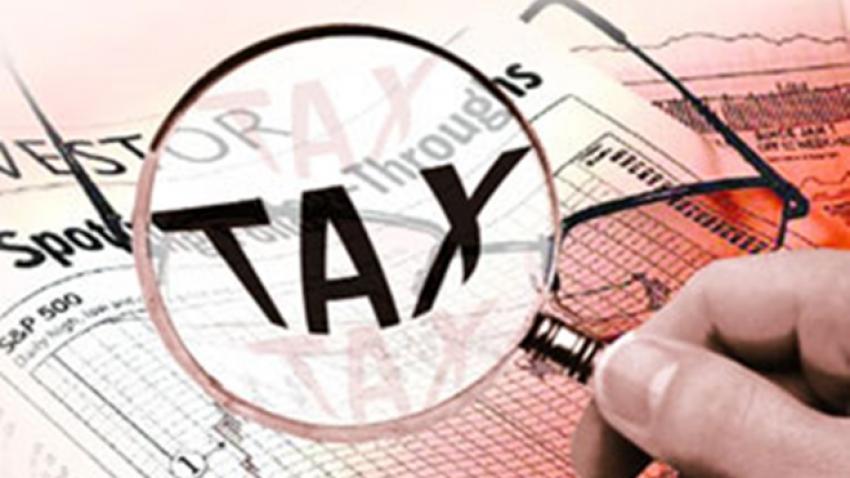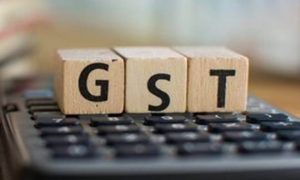The new tax regime was made the ‘default tax regime’ with effect from the Financial Year 2023-24.
Question: Since the concessional tax regime u/s 115BAC of the I-T Act has now been made the default tax regime for individual taxpayers, kindly guide us on switching between the tax regimes.
Answer given by Dr. Suresh Surana, Practicing Chartered Accountant: TheFinance Act 2023 introduced various changes in the concessional tax regime u/s 115BAC of the Income Tax Act, 1961 (hereinafter referred to as ‘I-T Act’), some of them being enhancement of basic exemption limit to Rs 3 lakh, Rebate of 100% of the amount of income-tax payable on a total income not exceeding Rs 7 lakh, introduction of standard deduction to salaried taxpayer of Rs 50,000 and deduction from income in the nature of family pension.
Additionally, the new tax regime was made as the “default tax regime” with effect from the Financial Year 2023-24 (i.e. Assessment Year 2024-25). Thus, if a taxpayer fails to opt for the old regime, his/her tax liability in respect of the total income shall be computed in accordance with section 115BAC(1A), without allowing for any exemption or deduction. It is pertinent to note that the benefit of standard deduction of Rs 50,000 would now be allowed under the concessional tax regime.
Taxpayers would have an option of choosing between the old and the new tax regime on a year-on-year basis. However, it is pertinent to note that a person deriving income from business or profession who has exercised the option of opting out of the prevalent new tax regime u/s 115BAC could exercise the option of opting back to the said new tax regime only once.
Read More: Ixigo And PhonePe Expand Partnership To Offer Flight And Bus Bookings
Further, in order to give effect to the aforementioned amendments, the CBDT via Notification No. 43/2023 dated 21st June 2023 introduced a new Rule 21AGA in the Income-tax Rules, 1962 (hereinafter abbreviated as ‘IT Rules’). Rule 21AGA of the I-T Rules provides for filing of Form 10-IEA to enable the taxpayers to opt for the old tax regime or withdrawal of such old tax regime.
Accordingly, any eligible taxpayer deriving income from business and profession and intending to opt for the old tax regime would be required to furnish Form-10-IEA on or before the due date u/s 139(1) for furnishing the tax return for such relevant year. It seems that taxpayers not deriving income from business and profession can opt for the old tax regime directly in the tax return to be furnished before the due date u/s 139(1).
Also, for the purpose of withdrawal of such option i.e. opting out of old tax regime shall also be done by way of furnishing Form No. 10-IEA. Such Form No. 10-IEA shall be furnished electronically either under digital signature or electronic verification code.
Read More: Budget 2024: Will Govt Hike Rs 1.5 Lakh Limit Under Section 80C Of Income Tax Act?
Steps of filing of Form 10-IEA:
Step 1: Login on the E-filing portal through User ID and Password
Step 2: Click on e- File menu > Income Tax Forms > File Income Tax Forms
Step 3: On the page – File Income Tax Forms -‘Persons with Business/Professional Income – select the option-Form-10IEA.
Step 4: On the Form 10 IEA page, select the relevant Assessment Year and click on continue.
This Q&A series is published every week on Thursday.
Read More: 6 ways to save tax without making any investment
Disclaimer: The views and facts shared above are those of the expert. They do not reflect the views Of Officenewz.com.





































